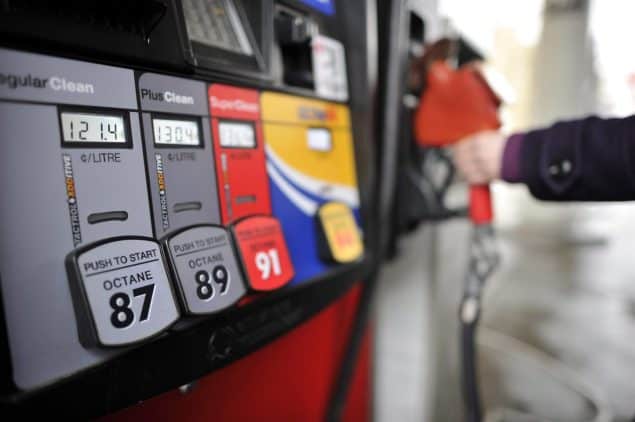As the guy in the old Midas Muffler TV commercial once said: “You can pay me now or pay me later.” Well, later is now when it comes to the diesel and heating oil market, and the consumer is only beginning to pay for it.
In fact, we’ll all be paying for it in the cost of anything shipped by the distillate family of refined products including diesel, heating oil, and jet fuel. The problem is, there isn’t much left in the tank, and we have a long road of driving ahead of us this winter. U.S. inventories of distillates are stubbornly stuck at 20% lower than the five-year average.
Nationally, the U.S. has only 25 days of diesel in reserve. In the critical parts of the U.S. northeast, inventories are down to 24 million barrels compared to 61 million barrels two years ago. In New England, the situation is becoming desperate with only 3.2 million barrels in stock compared to 12.3 million barrels in 2020.
So just crank up the refinery runs, right?
Not much room there either.
Eastern facilities are running at 102% of design capacity – a jump of 12% over the previous week. It has now reached the stage where suppliers of diesel require 72 hours’ notice for delivery.
The next step is allocation, and how does that work?
By far the largest consumers of diesel are in the commercial/industrial sector. The modes of delivery are either by bulk tanker truck or, if on-road, at cardlock or truck stop locations.
In times of restricted supply as we are now in, product is allocated by a grading system established by the Energy Supplies Allocation Board (ESAB), termed within the oil industry as the, ESAB number. Commercial consumers are ranked in priority, depending on their class of trade. The higher the rank, the more likely that supply will be less negatively affected. For example, fire, police, ambulance, and medical rated industries will have a high ranking, while less critical services will be well down the list.
Deliveries of bulk fuel can be controlled by not accepting a full load delivery request, citing the customers ESAB status. On road purchases can also be easily controlled by programming the pumps to shut down at certain limits, also established by the ESAB number.
How did we get to this point?
The U.S. has lost one million barrels per day of refining capacity since 2019. This is due to permanent closures, under investment in refining capacity, and operating disruptions.
The U.S. is now in a predicament. On the one hand, it’s exporting 3.5 million barrels a day of refined product, including diesel, to Europe and elsewhere, and on the other hand, it’s allocating supply, including diesel at home.
Seems that home is not where the political heart is. But politicians should be wary because consumers will be looking for payback, which may come now rather than later.
– Roger McKnight – B.Sc., Senior Petroleum Analyst








Add comment